The agricultural sector is undergoing a transformative change with the deployment of advanced technologies such as drone spraying, which is revolutionizing traditional farming practices. This method increases precision and efficiency in the application of pesticides, herbicides, and fertilizers. By enabling targeted treatments, drone technology not only maximizes crop yields and resource utilization but also minimizes the environmental impact associated with agricultural practices. As these technologies replace traditional methods, they open up new opportunities to improve sustainability and food security on a global scale.
Sairone, developed by Saiwa, is specifically designed for the agricultural sector and uses artificial intelligence and machine learning to enhance the capabilities of drones. This platform, tailored for agriculture and based on artificial intelligence and machine learning, can be integrated with various types of drones to further enhance their capabilities.
Sairone’s potential in agricultural drone spraying involves its ability to process and analyze large amounts of data from drones, optimizing spray patterns and application rates. This results in more effective pest and nutrient management tailored to the needs of each crop, maximizing yield and sustainability.
This article explores how drones can help farmers. We will look at the different types of Agriculture Drone Spraying, the technology behind them, and the benefits and challenges of drone spraying. We will see how drones can make agriculture more efficient and sustainable.
Invasive Species Detection
Sairone invasive species detection service uses advanced image processing and machine learning to quickly and accurately identify invasive species over large areas. This approach improves monitoring efficiency and precision comparing to human-based methods.
What Are Agriculture Drones?
Agriculture drones, also known as unmanned aerial vehicles (UAVs) or remotely piloted aircraft systems (RPAS), are specifically designed for agricultural applications. These sophisticated machines are equipped with advanced technology, including GPS, sensors, and high-resolution cameras, enabling them to perform various tasks such as crop monitoring, mapping, and, most importantly, targeted spraying of pesticides, herbicides, and fertilizers. Unlike traditional methods, agriculture drones offer precision and efficiency, minimizing environmental impact and optimizing resource utilization. They represent a significant leap forward in agricultural technology, paving the way for data-driven decision-making and sustainable farming practices.
Read Also: Agriculture Drone Services
Types of Agriculture Drones for Spraying

Several types of agriculture drones are available for spraying, each with its unique characteristics and capabilities:
Multirotor Drones
These are the most common type of agricultural drone Spraying, characterized by their multiple rotors that provide vertical lift and stability. Their maneuverability makes them ideal for navigating complex terrains and precisely targeting specific areas within a field, which is particularly valuable for smaller- to medium-sized farms. Multirotor drones offer a good balance between payload capacity and flight time, allowing for efficient spraying operations without requiring extensive battery life. However, their limited flight time compared to fixed-wing drones can constrain very large fields.
Fixed-Wing Drones
Resembling small airplanes, fixed-wing drones generate lift through their wings and forward motion. This design allows them to cover significantly larger areas in a single flight compared to multirotor drones, making them well-suited for large-scale agricultural operations. However, their need for longer runways for takeoff and landing and reduced maneuverability in tight spaces can present challenges in certain agricultural settings. They are generally less suitable for precision spraying in complex or confined areas.
Hybrid Drones
Combining the advantages of both multirotor and fixed-wing designs, hybrid drones offer vertical takeoff and landing capabilities, eliminating the need for runways, while also being able to transition to efficient forward flight for covering larger distances. This versatility makes them suitable for a wider range of applications and field sizes, offering a compelling compromise between maneuverability and coverage. However, their design complexity can lead to higher maintenance requirements.
Single-Rotor Helicopters
These drones utilize a single main rotor for lift, similar to traditional helicopters. Their key advantage lies in their higher payload capacity compared to multirotor drones, making them suitable for carrying heavier spraying equipment and larger tanks of liquids. However, they can be more complex to operate than multirotor drones, requiring specialized training and potentially higher maintenance costs. Their maneuverability is generally lower than multirotor designs.
Read Also: The Best Drones for Farmers | Optimize Your Agriculture
Key Technology and Features of Agriculture Drone Spraying
Agriculture drones are equipped with an array of advanced technologies that enable their precise and efficient operation:
AI and Machine Learning Capabilities
AI and machine learning algorithms are increasingly integrated into agriculture drones, enabling them to analyze data collected from various sensors and cameras. This allows for intelligent decision-making, such as optimizing spray patterns based on real-time crop conditions, identifying areas requiring specific treatments, and even predicting potential disease outbreaks. By leveraging AI and machine learning, drones can identify patterns in data, learn from past experiences, and adapt to changing conditions, leading to more efficient and effective crop management.
Read More: AI-Based Drone Operation| AI in Drones use cases
Real-Time Data Collection and Analysis
Agriculture drones are equipped with sensors that collect real-time data on various parameters, including crop health, soil moisture, and nutrient levels. This data is then analyzed using sophisticated algorithms to provide valuable insights into crop performance, enabling farmers to make informed decisions regarding irrigation, fertilization, and pest control. By monitoring crop health in real-time, farmers can detect and address issues early, preventing significant yield losses.
GPS and Mapping Technology
Precise GPS technology is crucial for accurate navigation and mapping of agricultural fields. Drones utilize GPS to create detailed maps of the terrain, allowing for the creation of flight paths and targeted spraying of specific areas. This ensures efficient coverage and minimizes the risk of overspraying or missing target areas. Additionally, GPS technology enables drones to return to their starting point autonomously, even in challenging conditions.
Read More: Fields from Above | Innovations in Agricultural Drone Mapping
High-Resolution Cameras for Crop Monitoring
High-resolution cameras mounted on drones capture detailed images of crops, enabling farmers to monitor their growth and development from a unique perspective. These images can be used to identify areas of stress, disease, or nutrient deficiencies, allowing for timely intervention and preventative measures. By analyzing these images, farmers can assess crop health, estimate yield potential, and optimize management practices.
Read More: Farming Drones for Crop Monitoring | Transforming Precision Agriculture
Obstacle Detection and Autonomous Navigation
Advanced obstacle detection systems, utilizing sensors such as LiDAR and radar, allow drones to autonomously navigate complex environments and avoid collisions with obstacles such as trees, power lines, and other structures. This enhances safety and enables drones to operate in challenging terrains, including hilly or forested areas. By incorporating advanced autonomous navigation capabilities, drones can efficiently cover large areas and reduce the need for constant human supervision.
Benefits of Drone Spraying in Agriculture

The adoption of drone spraying offers numerous advantages over traditional methods:
Environmental Benefits
Drone spraying significantly reduces the environmental impact of pesticide and herbicide application. Targeted spraying minimizes overspray and drift, preventing the widespread dispersal of chemicals into surrounding ecosystems. This localized approach protects water sources from contamination, preserves beneficial insect populations crucial for pollination and pest control, and safeguards wildlife from unintended exposure. The reduced chemical runoff also contributes to healthier soil and overall ecosystem integrity.
Economic Efficiency
Drone spraying can lead to significant cost savings for farmers. Reduced chemical usage, due to precise targeting, directly lowers input costs. Optimized application rates, enabled by drone technology, further enhance efficiency and minimize waste. This increased efficiency translates to lower overall operational costs and improved profitability, making drone spraying an economically attractive option. The potential for data-driven insights also contributes to better resource allocation.
Agricultural Yield and Quality
By precisely targeting areas requiring treatment and avoiding healthy areas, drone spraying enhances crop health and promotes optimal growth conditions. This targeted approach minimizes stress on the plants and allows for more efficient nutrient uptake. The result is often increased yields and improved crop quality, leading to higher market value and greater returns for farmers. Early detection of issues through drone imagery also allows for timely intervention.
Safety and Operator Well-Being
Drone spraying significantly improves safety for farmworkers by removing the need for manual application of chemicals, often involving direct exposure to potentially harmful substances. This eliminates the risks associated with handling and spraying chemicals, promoting a healthier working environment and reducing the incidence of pesticide-related illnesses. The remote operation of drones further enhances safety by distancing operators from hazardous areas.
Adaptability and Time Efficiency
Drones offer greater flexibility compared to traditional spraying methods, capable of operating in various weather conditions and terrains inaccessible to ground-based equipment. Their ability to cover large areas quickly significantly reduces the time required for application, allowing farmers to respond rapidly to changing conditions, such as pest outbreaks or disease onset. This time efficiency is crucial for effective crop management and minimizing potential losses.
Challenges and Limitations of Drone Spraying
Despite the numerous benefits, drone spraying also faces certain challenges and limitations:
Regulatory Frameworks
The use of drones in agriculture is subject to evolving regulations and airspace restrictions. Compliance with these regulations can be complex and varies across different regions. Understanding and adhering to these regulations is crucial to avoid legal issues and ensure safe drone operations. Factors such as drone registration, pilot licensing, and flight restrictions can vary depending on the specific jurisdiction and the intended use of the drone.
Initial Investment Costs
The initial cost of acquiring drones, including the drone itself, batteries, controllers, and specialized spraying equipment, can be substantial. This initial investment may be a barrier to entry for small-scale farmers or those with limited financial resources. Additionally, the ongoing costs of maintenance, repairs, and battery replacements can add to the overall expense.
Limited Payload Capacity
Compared to traditional sprayers, drones have a limited payload capacity, requiring more frequent refills and potentially increasing operational time. This limitation can affect the efficiency of drone spraying operations, especially for large-scale applications. To mitigate this challenge, farmers may need to plan their operations carefully, optimize flight paths, and consider using multiple drones to cover larger areas.
Technological Expertise
Operating and maintaining agriculture drones requires a certain level of technical expertise, including understanding flight mechanics, drone programming, and data analysis. This may necessitate training and specialized personnel, which can increase the overall cost and complexity of drone operations. Additionally, farmers may need to acquire skills in data analysis to interpret the information collected by drone-mounted sensors and make informed decisions about crop management.
Drone Spraying vs. Traditional Spraying Methods
Drone spraying generally outperforms traditional spraying methods in several key areas. Precision and efficiency are significantly higher with drones, allowing for targeted application and quicker coverage compared to the less precise and often time-consuming traditional methods. Environmentally, drone spraying has a lower impact due to reduced chemical use and minimized overspray. While drone spraying can potentially lower costs through optimized application, the initial investment is considerably higher than traditional equipment.
Safety is also a significant advantage of drone spraying, eliminating direct operator exposure to chemicals, a risk inherent in traditional methods. Adaptability and time efficiency are also higher with drones, allowing operation in various conditions and rapid coverage. However, traditional spraying covers a larger area per application, and the initial investment is lower, making it potentially more cost-effective for large-scale operations despite the lower overall efficiency.
Conclusion and Future Outlook
Agriculture drone spraying represents a paradigm shift in crop management practices. Its precision, efficiency, and environmental benefits have the potential to transform the agricultural landscape. While challenges remain, ongoing technological advancements and evolving regulatory frameworks are paving the way for wider adoption.
The future of agriculture drone spraying appears promising, with continued innovation and integration of AI and machine learning poised to further enhance its capabilities and solidify its role as a crucial tool for sustainable and efficient farming practices. As technology continues to evolve, we can expect to see even more sophisticated drones with increased payload capacities, longer flight times, and enhanced autonomous capabilities.
The integration of data analytics and cloud-based platforms will further empower farmers with valuable insights and enable data-driven decision-making for optimized crop management. The future of agriculture is undoubtedly intertwined with the continued development and integration of drone technology.

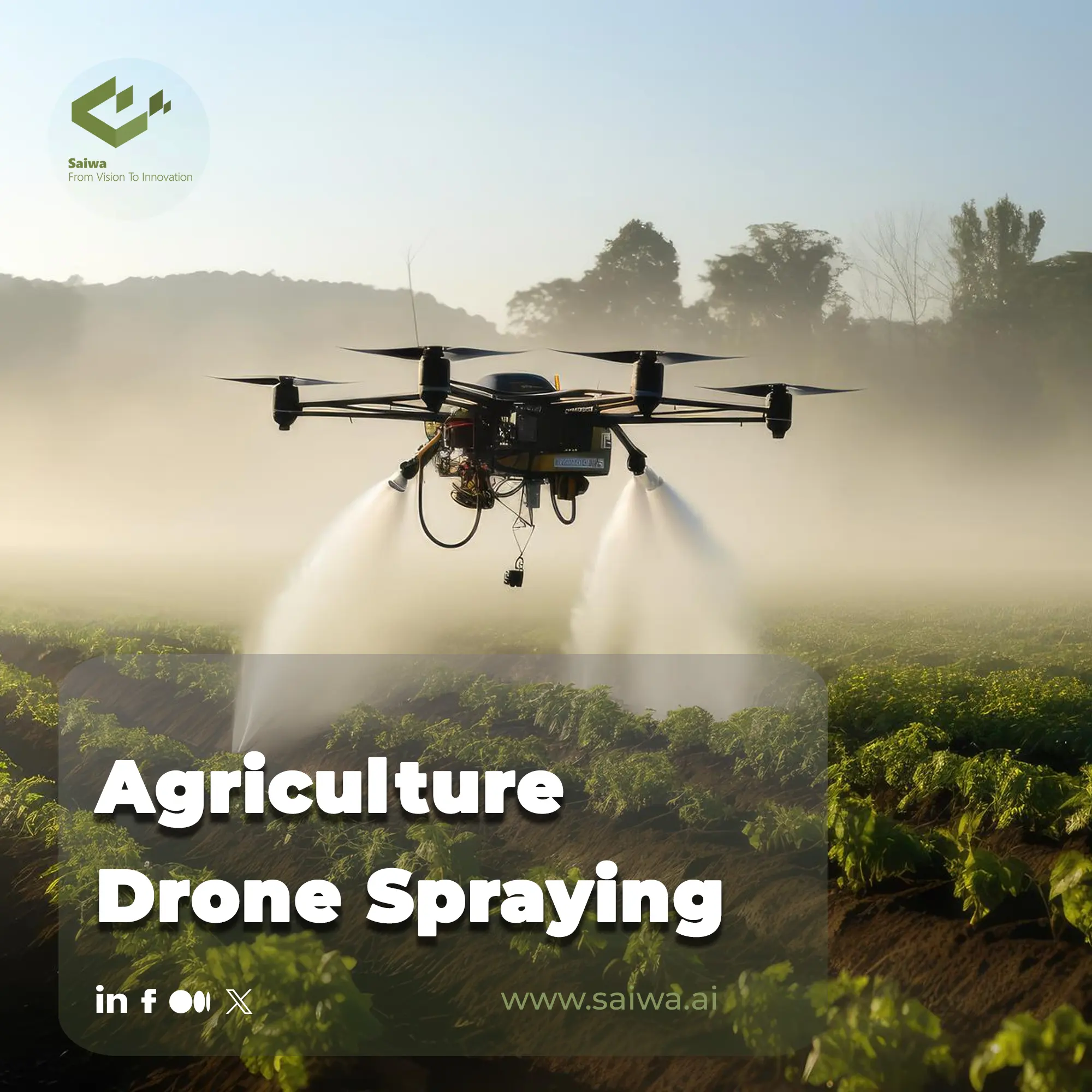
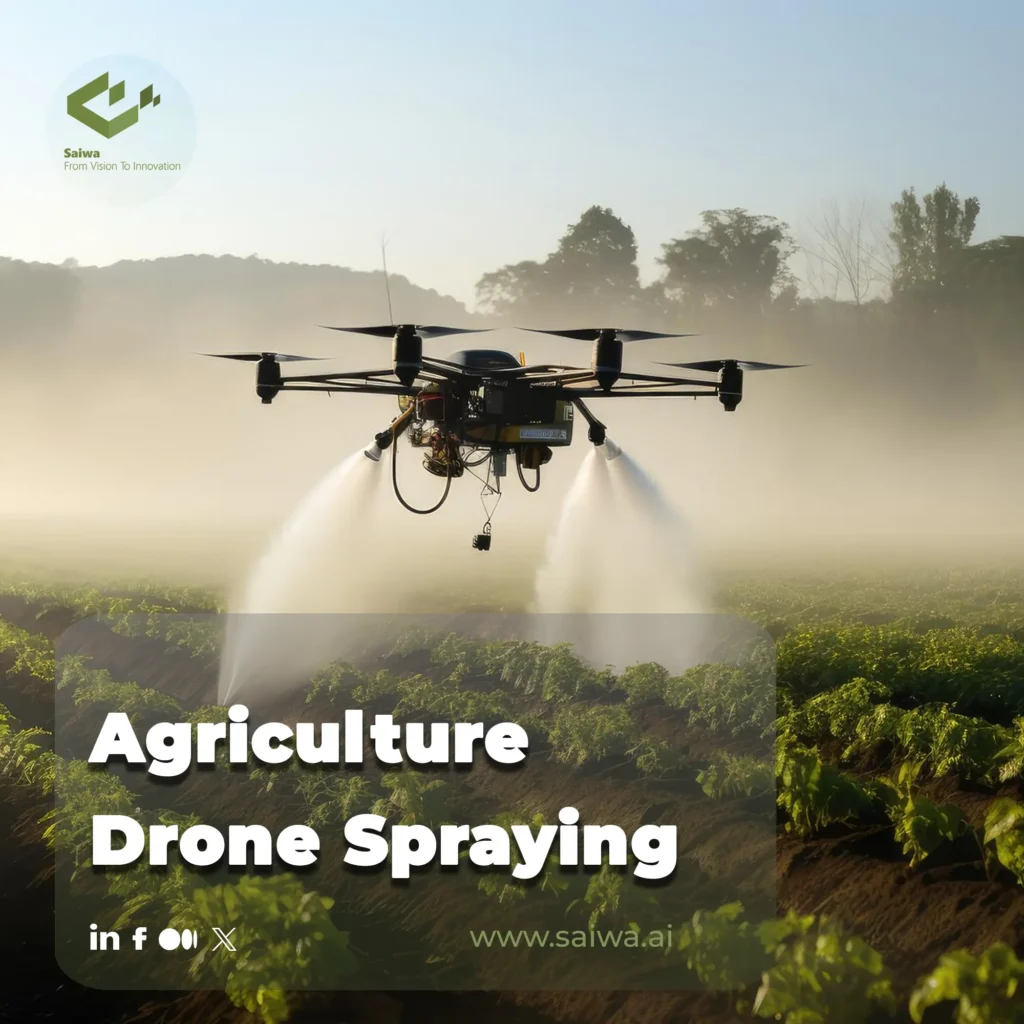
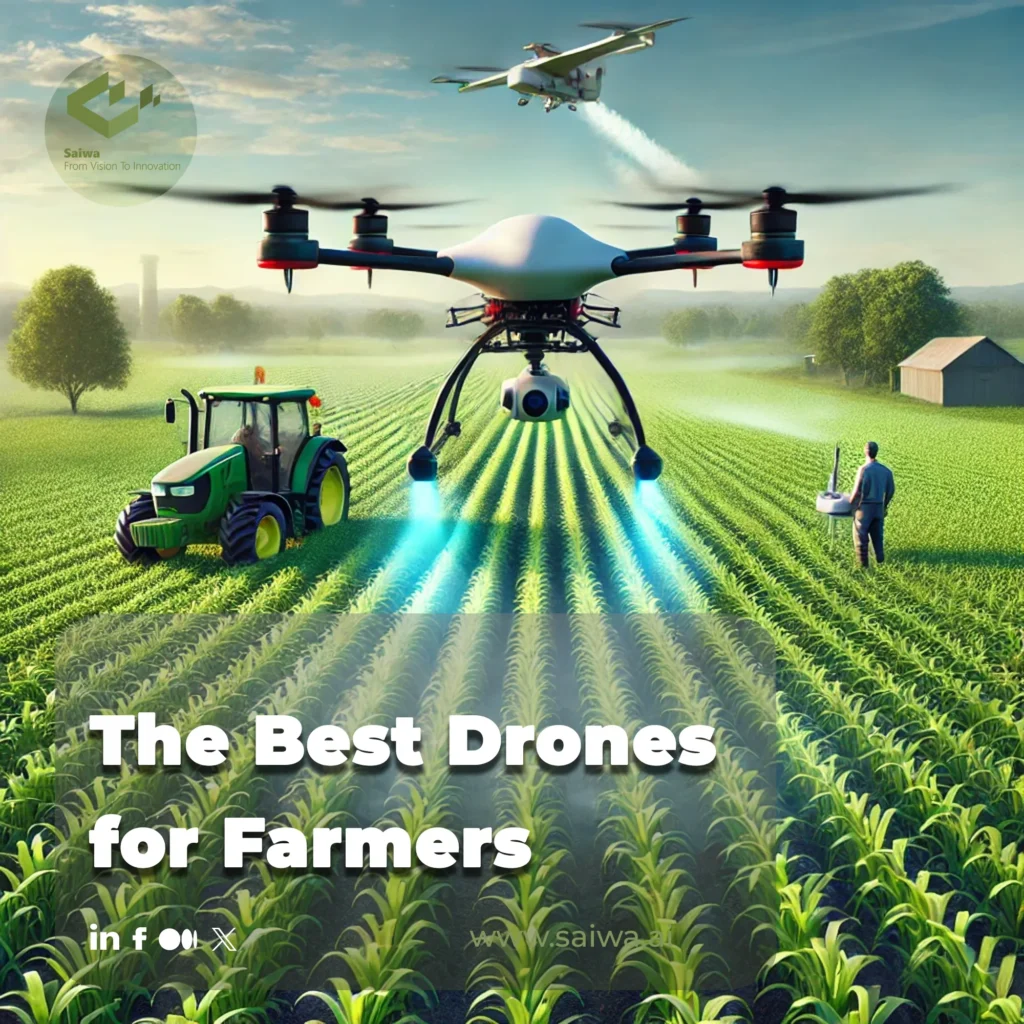
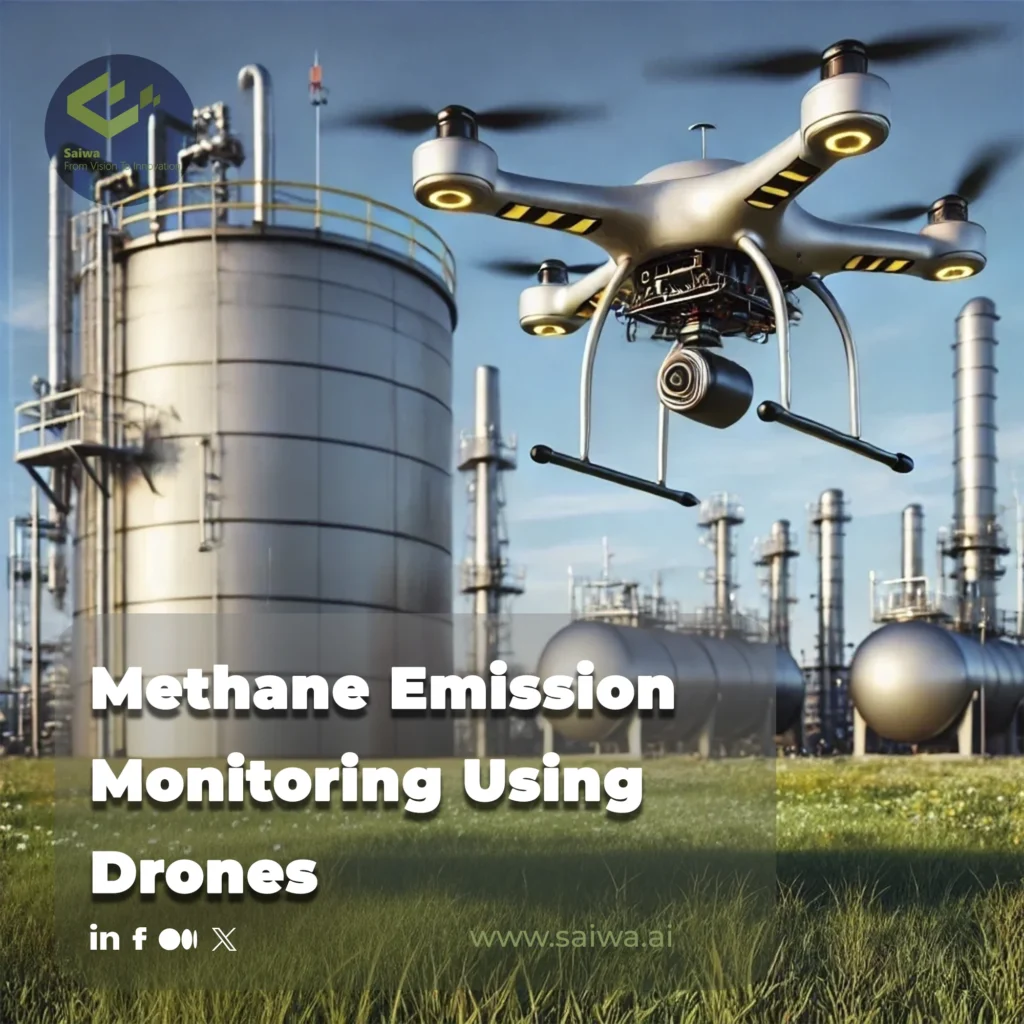
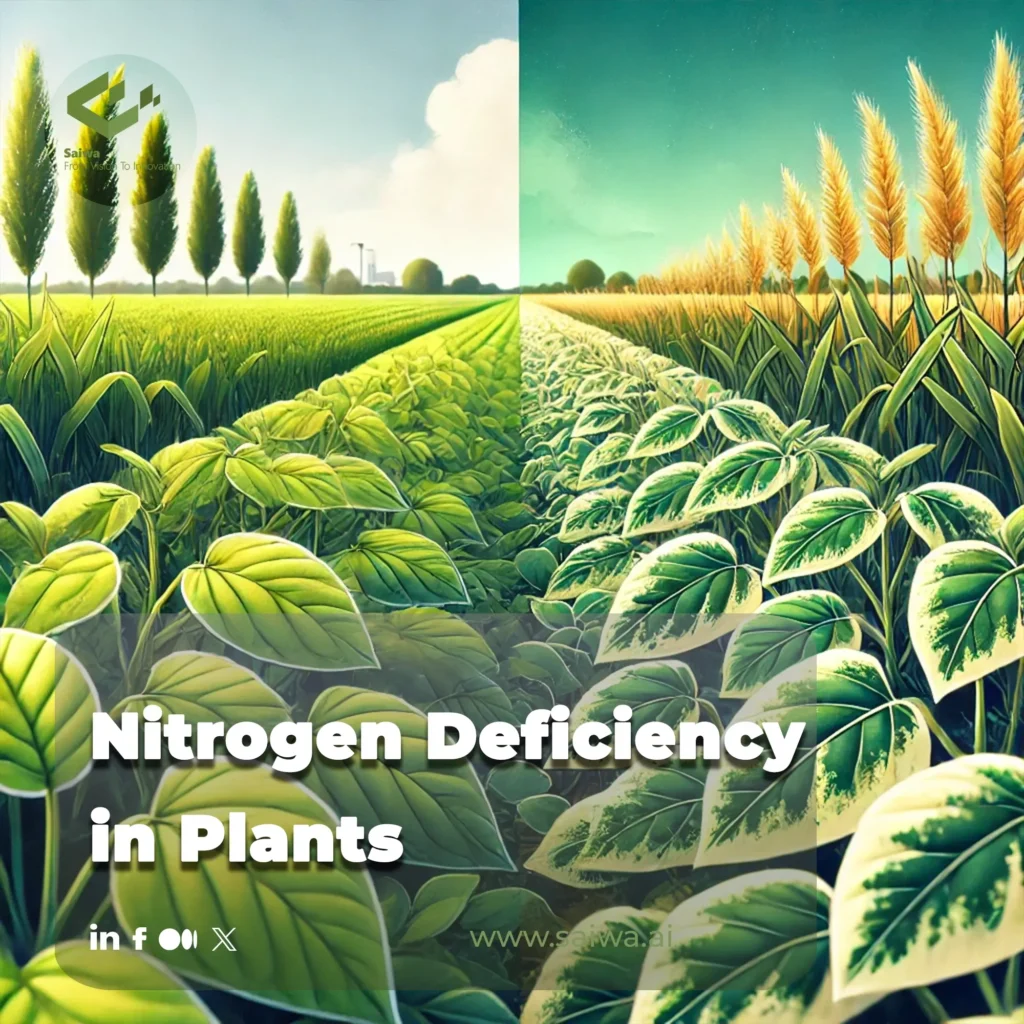
No comment